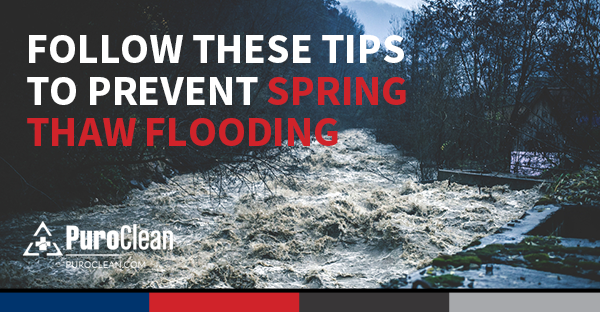Whenever property is damaged by water, it is essential to dry that property and all contents as quickly and effectively as possible. In the past, water damage restoration contractors had few options available to them when performing water damage restoration. Equipment was limited in its availability, variety, efficiency, and effectiveness. Mitigating water damage and restoring structures to a pre-loss condition was often ineffective. A common and accepted practice among Contractors was simply to remove and discard damaged carpet, pad, and drywall. Then, of course, it was necessary to install new materials, paint, etc. The result was a long period of disruption to the occupants and, of course, very significant expense for insurance companies. Today, however, the “science of drying” has improved significantly. Water damaged carpet, pad, and drywall can often be completely restored and do not need replacement. This results in lower costs for the loss, and it allows the occupants to return to their normal lives much sooner with far less disruption.
Today’s powerful water extraction equipment is far more effective at removing moisture than simple vacuum units – a common practice in times past. Tests have proven that with the best equipment available today, water can be extracted from the pad, through the carpet, leaving the underlying pad slightly moist but not wet. Properly trained water damage restoration professionals use highly effective equipment, procedures and techniques to help keep repair costs down and drying times to a minimum. This means that all of the costs related to the former method can be avoided, such as turning back and/or removing carpet; removing, discarding, and replacing the pad; replacing new carpet or relaying the old; and long-term disruption for the homeowner.
Faster drying also means less time for mold or other fungi to develop or colonize. This helps alleviate possible health problems (including respiratory discomfort and allergic reactions) that occur as a result of fungal contamination. Organic decay caused by fungi and mildew can weaken structural materials, such as drywall and wood framing, to the point that they must be replaced. Quick drying, through the use of advanced dehumidification systems, removes moisture and thereby prevents their growth. With little or no moisture present, mold and mildew either do not start, or die very quickly.
Other benefits of rapidly removing moisture include the prevention of irreversible swelling in porous materials such as paper and wood; shrinkage in some fabrics (such as upholstery and drapes); rust occurring on metals (doorknobs and hinges); and damage to electronic equipment that could occur with high levels of humidity.
Using modern, state-of-the-science equipment returns a structure and its contents to a pre-damaged condition as quickly as possible. Some of these newer technologies include:
-
- LGR Dehumidifiers–A restoration professional will use Low Grain Refrigerant (LGR) dehumidifiers. LGRs employ the latest scientific advances to reduce relative humidity as low as 10%, removing up to 16 gallons of water from the air, per day of operation. Older dehumidifiers struggled to reduce relative humidity to 40%, pulling perhaps five gallons of moisture from the air per day. This disparity represents a vast improvement in efficiency, resulting in faster drying times – 24 to 48 hours as opposed to four or more days with older equipment.
-
- Desiccants–In the right setting, a restoration professional will turn to a desiccant dehumidifier. Desiccants use silica gel that adsorbs moisture from air. Desiccant dehumidifiers generate extremely dry air (down to 5% RH) and very warm temperatures (up to 110° F). When necessary, they operate very effectively, even if the environment is below freezing. New technology allows these units to operate using standard household 110-volt circuits – making their use appropriate for residential, as well as commercial, settings.
-
- Intra-wall drying– Another new type of moisture-eliminating equipment that a restoration professional will employ dries the inside of walls without removing drywall. In this process, baseboards are removed and small holes are drilled through walls near the base. Air is the forced into the cavity behind the wall. This dramatically reduces drying time for the wall—often to less than half of what it would take to dry it by other methods. The forced air approach also works for certain types of insulation, again eliminating the need to remove drywall in order to gain access. This method is especially appropriate when water damage originates from above the room being treated. In many cases, it is the only way to effectively savethe walls and avoid the cost and time delay of removing the drywall and then replacing, re-painting, etc.
Most importantly in a situation dealing with water damage, is how effective your professionals are. PuroClean’s knowledgeable restoration professionals invest in the latest equipment and have the training, knowledge, equipment and expertise to properly remove moisture and thereby dry structures and contents. That means the home is returned to a pre-damaged state more quickly – minimizing all related costs and inconvenience including additional living expenses for the insurance company and homeowner. If you have water damage, make sure to call your local PuroClean office, the Paramedics of Property Damage.




 PuroClean of Southern York County
PuroClean of Southern York County